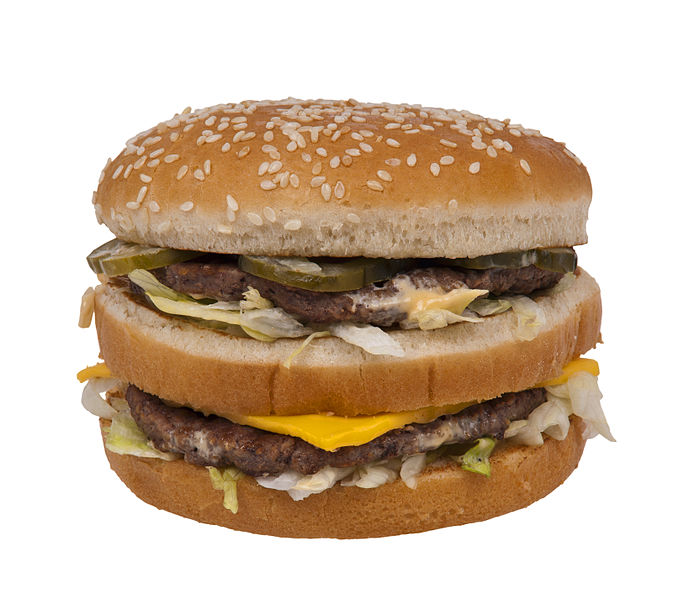“Use it or lose it,” the saying goes.
As McDonald’s recently learned as to its Big Mac burgers, that quote is more than theoretical when applied to protecting registered trademarks.
You may have seen that the European Union Intellectual Property Office canceled McDonald’s trademark for its Big Macs.
Is that because McDonald’s no longer sells Big Macs?
Of course not. Then, why?
McDonald’s trademark was cancelled because the E.U. found that McDonald’s failed to provide objective evidence that the trademark was being used in commerce.
While U.S. and E.U. law differ in other respects, both require that trademark owners provide to the government substantial evidence that the trademark is actively used in commerce.
Failure to do so can result in the mark being cancelled and the loss of trademark rights.
Instead of submitting direct, objective evidence of use, McDonald’s submitted primarily affidavits containing McDonald’s officers’ statements about the trademark’s use in commerce, including references to sales figures and menu listings.
Though we all know Big Macs are sold and eaten throughout the world, the E.U. Office surprisingly found that McDonald’s submitted no evidence that its advertising actually led to the sale of Big Macs.
It also found that no evidence was submitted that those Big Macs contained in trademarked packaging were actually offered for sale, much less sold.
This was true, even for a product as widely produced, sold and consumed as a Big Mac.
McDonald’s is appealing its cancellation, and likely will eventually submit proper, objective evidence to obtain reinstatement of its registration.
A U.S. trademark registrant must file a “declaration of continued use” during the year after the fifth anniversary of registration.
This declaration must be supported by objective evidence that the mark continues to be actively used in commerce.
As McDonald’s learned the hard way, evidence of continued use is required no matter how “famous” a trademarked product may be.
So, if you own a trademark, be sure to timely and fully submit sufficient evidence of use to maintain your mark.
If you have questions about creating or protecting a trademark, contact FOS.





